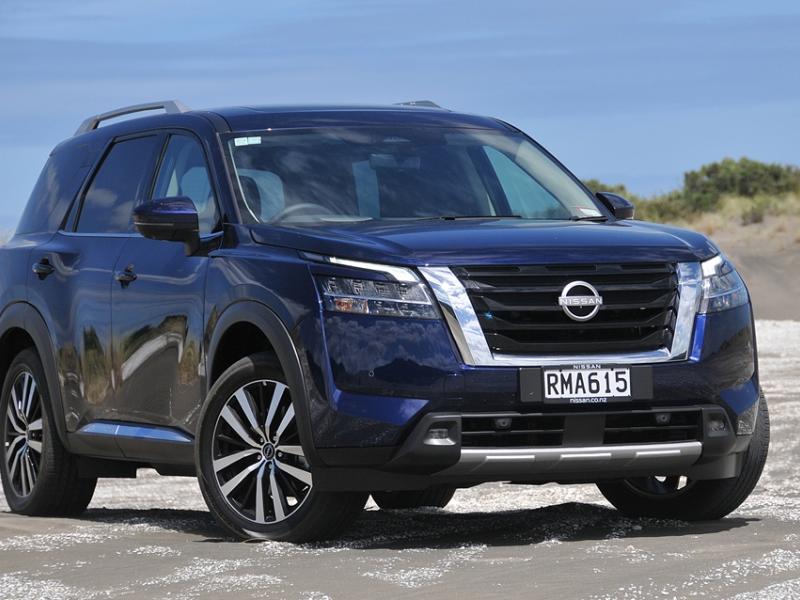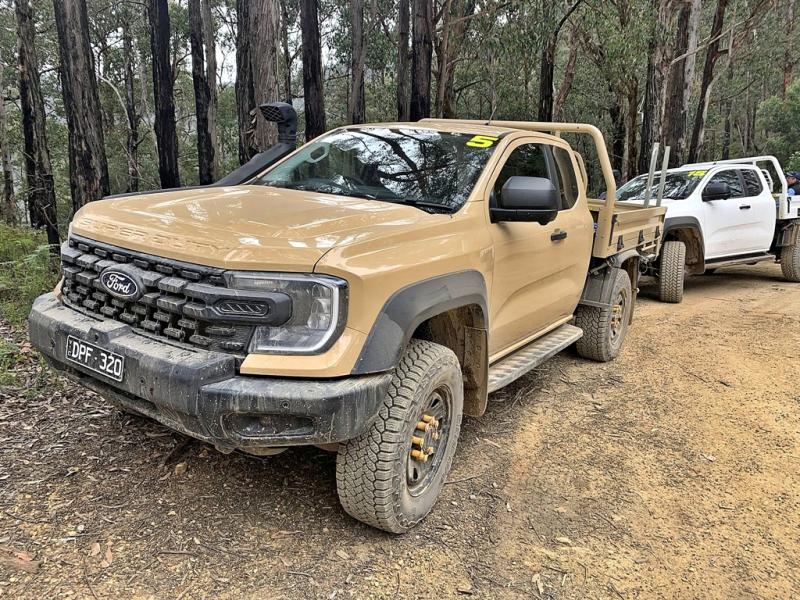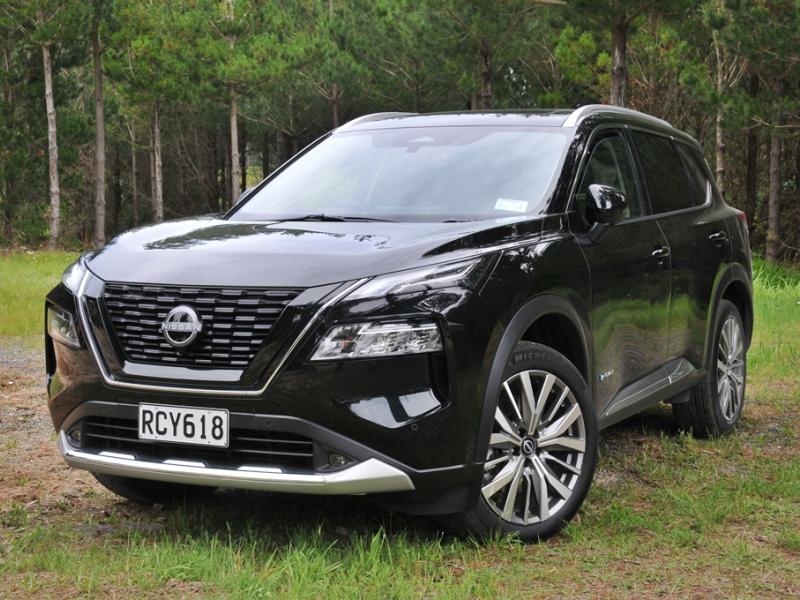It was a ramble, not a race, and it took in some of the coolest Auckland beaches south of the Sky Tower.
This is not a fishing story. It doesn’t end with a plastic tub full of trophy snapper. But it does involve an ‘on Safari’ cruise from one coast to another in a matter of hours on a stunning weekday.
The chance to spend some time with Suzuki’s sweet Jimny Safari was not to be missed.
But in lockdown, what could we get up to? That was easy. A bit of biking perhaps? Beach-combing? Some seaside Safari rock-wrangling, a coffee or seven, an ice cream on the edge of civilisation and a snapper hunt.
We begin in the east at dawn, watching the sun edge up over the Coromandel, coffee in hand. Orere Point, far enough out of Auckland that it’s (barely) permissible to actually engage four-wheel drive and get a feel for how the Safari rides over rounded rock and soft golden sand. With lockdown easing, this is sugar for the soul.
Orere is surfcasting heaven, but that’s not what we’re equipped for.
Back on the tarseal, back in rear wheel drive and heading back toward the city, we ease over a ridge and down through a sunless, tortuous section of road through a native bush reserve toward the coast at Kawakawa Bay.
On all-terrain tyres the slimy road surface is occasionally interesting. With the windows down though it’s possible to hear when they reach the limit of their adhesion: they make a hissing, sliding sound even before the driver feels anything through the steering wheel or the seat of his or her pants.
Kawakawa Bay presents only limited opportunities to leave the sealed road, but it does take us to the boat club trailer park and ramp area.
The sun is chasing us again, and we stop only long enough for a yak to a commercial fisher-bloke back in from a pre-dawn chase. Kahawai and a couple of smallish snapper lay in the bottom of his bins.
“Enough for a feed, but not enough to sell,” is his verdict on the catch. He doesn’t offer us a fish though.
The Safari is a fun drive along here: agile, predictable, communicative. One thing about a small 4WD, it’s an agreeably ‘direct’ driving environment. Everything falls to hand, there’s no massive iPad dashboard thingy embedded in your line of sight and the edges of the bumper are the edges of the vehicle.
On a couple of side-road excursions of the ‘wonder where that goes’ type, turning around between bush and clay bank is a breeze: out the back, the top of the spare tyre peeps over the rear door and that is the rear of the entire vehicle.
Along the coast again, there’s a stop for coffee (mask on) at Maraetai and the sun has well and truly caught us now.
Another boat club at the west end of the beach is an agreeable spot to watch the sun climb higher. Although I’ve seen decent snapper caught off the two wharves on this stretch of coast, there are neither hopeful fisherfolk nor pinky-silver snapper evident today.
So inland now, skirting the edge of the city and going south-west toward Ardmore and Papakura. Hum-drum bit of tarmac, nothing to entice us off the beaten track but the Safari hums along at 100 km/h, the engine turning just under 3,000 rpm.
It will run all the way to 6,000 but it’s better to sit between 3,000 and 4,000 and use the engine’s torque in most situations on or off the road. That gives the best shot at hitting the official fuel economy figure of 6.4l/100km too.
Edging through Papakura and out to the west we’re over the estuary bridge. A couple of hopeful types are dropping lines in the murky water at each end of the bridge.
Our test Jimny arrived with the cargo tray behind the front seats. The rear seats fold nicely flat, creating a quite enormous ‘boot’ area which the cargo tray is moulded to fit into.
It means you can biff all sorts of gear in there – handlines, bike gear, towels, a shelter tent, a chilly bin and it’s all accessible from the two front seats or by opening the rear door.
On a good day it would also hold a couple of bags of salt ice and a decent haul of snapper quite nicely. It’s worth having.
The Safari also has an ARB Base Rack on the roof with a wind deflector at the front and trade rails along each side. Perfect for more ambitious weekends away.
A towbar is also an option, and if going mountain-biking that’s certainly the recommended way to transport the bikes. Putting them on that roof rack is possible, but there’s no positive way of securing them, which means the effort is likely to end in scratched roof paint.
Anyway. Out through the South Auckland horticultural zone – once the food-basket of Auckland but now getting carpeted over with houses – and turning right at Waiau Pa toward Clark’s Beach. In non-Covid times, the café here is the last bastion of decent java but today it’s shut up tight.
Quietly down through the sleepy beach-side bach and retiree settlement of Clark’s Beach and to the public parking area between the holiday park and the inlet.
This is a decent spot for a crack at a snapper or two, and there are a few boats out today. People often fish off the long rock ‘mole’ here, which protects the boat ramp from some quite savage tidal currents sawing in and out.
There’s often mullet and the occasional snapper pulled in here though in summer it’s not worth the bother, the place gets carpeted with people.
Parking by the boat club (yes, another one) means I can amble a short distance with bait and a handline over to the beach and around the headland to my own secret spot ‘X’. Every fisho has one.
The inflowing current brings fish past spot X in search of things to eat in the upper reaches and around the extensive mangrove swamps.
The trick here is to use a berley bomb or bag sitting in the current with the right mix of ingredients, sit a half hour or so while the bomb does its work with the ebb and flow of the tide, then let a handline with ‘a few’ baited hooks go out on the current.
I put a small weight on the end to get the line and hooks under water, with a plastic coffee cup to function like a sea anchor and keep the line straight.
What’s in my berley mix? That’s classified. All I can say is a successful berley bomb must evoke the flavours of the target species the fish are after. All those grizzled fish experts who say cat food or dog food or such is the best bomb are dreaming. And you don’t catch snapper by using snapper meat as bait.
Sometimes the best laid plans don’t deliver the dinner though.
I’d like to report the day ended with a few nice fish to take home to the family, but unfortunately there was nothing doing.
It was a stunning day for a coast to coast drive though and the wee Suzuki did all I asked of it. And after all, they do say a bad day fishing is better than a good day working. I think the same people also reckon the other name for fishing is ‘waiting’.







